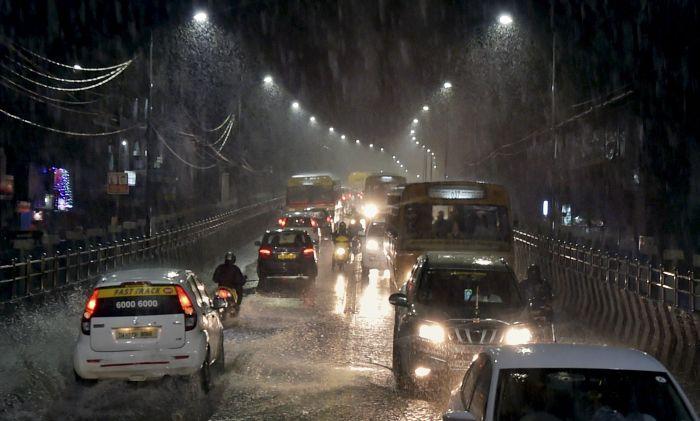Impact of Recent Chennai Rain on Daily Life

Introduction
The recent heavy rains in Chennai have caused significant disturbances, highlighting the city’s vulnerability to climate change and infrastructure challenges. As the monsoon season sets in, Chennai faces the dual threat of rainfall and urban population density, making it crucial for residents and authorities to address the resultant issues.
Weather Updates
According to the Indian Meteorological Department (IMD), Chennai has recorded an excess of 150 mm of rainfall in the past week alone. This unseasonal downpour has resulted from a combination of a low-pressure system in the Bay of Bengal and moisture-laden winds from the southwest monsoon. The subsequent flooding has affected multiple neighborhoods, disrupting transportation and daily activities.
Impact on Daily Life
The consequences of the heavy rain have been felt across the city. Streets have turned into rivers, with waterlogging reported in areas such as T. Nagar, Velachery, and Anna Nagar. Schools have been forced to close temporarily, and many offices have implemented a work-from-home policy to ensure the safety of employees. Traffic congestion has increased dramatically, with reports of vehicles being swept away in some areas. Emergency services are on high alert, assisting stranded commuters and providing medical aid to those affected by the showers.
A Long-Term View
Urban planners and environmentalists are raising concerns about the city’s preparedness for such events, emphasizing the need for improved drainage systems and better urban infrastructure. Chennai’s geographical position and rapid urbanization have made it increasingly susceptible to flood hazards. City officials are now under pressure to create a sustainable drainage management system to mitigate the effects of future rainfall. The recent rain serves as a wake-up call for both the government and residents about the need for better disaster preparedness.
Conclusion
In conclusion, the recent Chennai rain has brought to light significant issues concerning urban planning, climate impact, and the importance of resilience in the face of natural disasters. As weather patterns continue to evolve, it is imperative for local authorities and communities to devise comprehensive strategies to protect lives and property. The current weather crisis underscores the need for immediate action to ensure that infrastructure and emergency services can effectively respond to future challenges.









